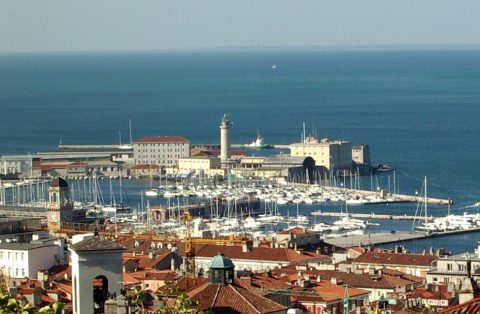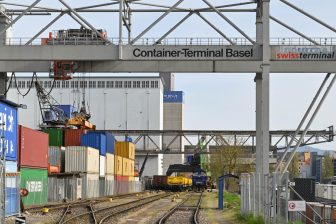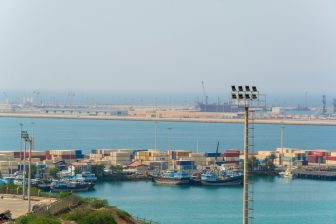
Italy wants to use the rail to create hubs for Ukraine in the Adriatic
The Italian northeast aims to becoming an entry-and-exit hub for Ukraine, which is facing blockades for transportation via the Black Sea. The facilities involved in this initiative are the ports of Trieste and Venice and the intermodal terminals in Padua and Verona.
Goods to and from Ukraine would be shipped to Italy through the Baltic-Adriatic TEN-T rail corridor. In other words, the plan is to transfer the flow of cargo from the Black Sea, now unavailable due to the war, to the Adriatic.
New corridor
The new initiative was announced by the Italian Minister of Economic Development and Made in Italy Adolfo Urso at the end of February at a trade union conference in Venice. The plan for the Baltic-Adriatic corridor is that it will be extended to Ukraine, as the Community of European Railway and Infrastructure Companies announced last October.
The “new” corridor will connect the Italian Adriatic coast with Lviv via Hungary and Slovenia. According to Ukrainian media Interfax, the terminal in Horonda, near the Ukrainian border with Slovakia, will be chosen as the hub for goods that will be shipped to Italy. The project announced by Urso will be presented in detail on 10 March at the LetExpo logistics fair in Verona.
A pilot project to Padua has already become permanent
A pilot project to transport Ukrainian grain from the Ukrainian railway station in Chop to the terminal in Padua was recently converted into a permanent service. Each convoy, with a length of 500 metres, will carry 1,200 tons of Ukrainian grainThe station in Chop was chosen as the starting point for this service because it is equipped for the transshipment of railcars from the broad to the standard gauge.
The service is organised by LTE Group, which carried out transportation by using the so-called big bags. Big bags are industrial containers designed to secure and transport flowable goods such as grain. One of the main advantages of using big bags for shipping is the capability of holding huge volumes of goods compared to their own weight. LTE was contacted for more information on this service but could not be reached.
Also read:




